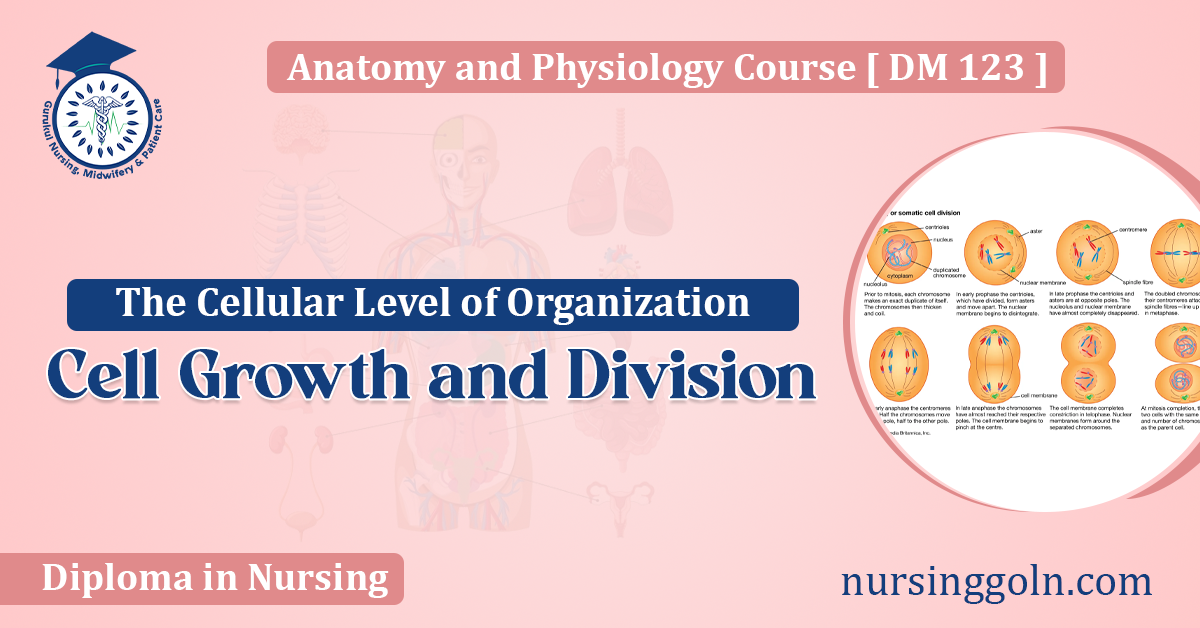Every living organism, from the tiniest bacteria to the largest blue whale, relies on cells for survival. Cells are the basic structural and functional units of life. Their ability to grow and divide is fundamental to the development, maintenance, and reproduction of all organisms. This article delves into the intricate processes of cell growth and division, shedding light on how cells organize themselves and proliferate to sustain life.
Cell Growth: The Foundation of Life
1. Understanding Cell Growth
Cell growth pertains to the increase in the size and mass of the cell. This growth is vital for a multitude of biological processes, from the initial stages of development to repairing wounds in an organism.
For unicellular organisms like bacteria, growth essentially signifies an increase in the number of cells. These organisms replicate by duplicating their contents and then splitting into two, a process known as binary fission.
However, in multicellular organisms, such as plants and animals, cell growth often accompanies cell differentiation, where cells evolve to perform specific roles.
2. Factors Influencing Cell Growth
Several factors influence cell growth. These include:
- Nutrient Availability: Just as we need food for energy and growth, cells require nutrients to increase in size and number.
- Growth Factors: These are proteins that stimulate cell proliferation and differentiation. They can be secreted by neighboring cells or be present in the surrounding environment.
- Cellular Environment: The pH, temperature, and oxygen levels can have a significant impact on cell growth. For example, human cells thrive at 37°C, and any significant deviation from this can affect their growth rate.
- Genetic Factors: The genes within a cell can influence its growth rate, life span, and function. Mutations in certain genes can lead to uncontrolled cell growth, which is a hallmark of cancer.
Cell Division: The Miracle of Multiplication
1. Why Cells Divide
Cell division is crucial for three primary reasons:
- Growth: As organisms grow, they require more cells to support the increasing size and complexity.
- Repair: Injured or dead cells are replaced through cell division.
- Reproduction: Organisms reproduce by creating new cells. While multicellular organisms use specialized reproductive cells, unicellular ones reproduce by simply dividing in two.
2. The Cell Cycle
Cell division is not a haphazard process. Instead, it’s a series of well-coordinated events known as the cell cycle. This cycle can be broken down into distinct phases:
- G1 Phase: The cell grows in size and synthesizes proteins and molecules.
- S Phase: DNA replication occurs. By the end of this phase, the cell has twice the usual amount of DNA.
- G2 Phase: The cell continues to grow and prepares for division.
- M Phase (Mitosis): This is where actual cell division takes place. It can be further subdivided into prophase, metaphase, anaphase, and telophase, which are the stages of mitosis.
After mitosis, the cell undergoes cytokinesis, where the cytoplasm divides, leading to the formation of two daughter cells.
3. Types of Cell Division
- Mitosis: This type of division results in two daughter cells, each genetically identical to the parent cell. Mitosis is responsible for the growth, development, and repair in multicellular organisms.
- Meiosis: A special type of cell division that results in four non-identical daughter cells, each with half the number of chromosomes as the parent cell. Meiosis is crucial for sexual reproduction, giving rise to gametes (sperm and egg cells in animals).
4. Regulation of Cell Division
The cell cycle is tightly regulated by a series of checkpoints and proteins. These mechanisms ensure that cells divide only when necessary and in a controlled manner. For instance:
- The G1 Checkpoint: Determines if the cell is ready for DNA replication.
- The G2 Checkpoint: Ensures that DNA replication has been completed successfully.
- The M Checkpoint: Ensures that the chromosomes are properly attached to the spindle fibers during mitosis.
Any disruption or malfunction in these checkpoints can lead to uncontrolled cell division, which is often associated with diseases like cancer.

Cells: The Epicenters of Organization
The processes of cell growth and division underscore the incredible organizational capabilities of cells. These processes enable:
- Development and Morphogenesis: From a single fertilized egg, a complex organism comprising trillions of cells takes form. This transformation is a marvel of cellular organization and differentiation.
- Adaptation and Evolution: Cells can adapt to changing environments. Over generations, these adaptive changes can accumulate, driving the evolution of species.
- Rejuvenation and Renewal: Throughout an organism’s life, cells continuously die and are replaced. This renewal ensures that tissues and organs function optimally.
Conclusion
Cells are the very essence of life. Their capacity to grow, differentiate, and divide permits the remarkable diversity and complexity of life on Earth. By understanding these cellular processes, we not only gain insight into how life flourishes but also how diseases, particularly cancers, arise and can potentially be treated.
The cellular level of organization is a testament to nature’s ability to coordinate, innovate, and perpetuate life across generations. It underscores the axiom that in biology, form and function are indelibly linked, with cells being the quintessential examples of this relationship.
See more:
